
Photo credit: All Our Stories
There is no doubt that these days immigration is a very sensitive, hot topic, charged with strong feelings and emotions for many in the UK- and as such, a crucial topic for the media and politicians.
This kind of hysteria is having a major detrimental effect on the debate and the true understanding of migration, the reasons for it, and most importantly on the contributions of the newcomers to the host country.
This dichotomy between how the immigrants are perceived to be and who they really are, has led to what many observers have called ‘The Alienation Effect’ which makes the immigrants feel alienated and separated from their new home, leading to the vicious cycle of despair and unworthiness, affecting generations to come.
Veritas vos liberabit (The truth will set you free)
At a time that so much is defined by negativity, stereotyping, stigmatisation, disinformation and misrepresentation by the populist politicians, pseudo- nationalists and the far right, I wish to shine a positive and hopeful light on the invaluable contributions of millions of migrants who are working hard to make Britain so special and truly and meaningfully a great place to live in and be proud of.
Celebrating UK’s diversity of peoples and cultures that has made our country so special and so great
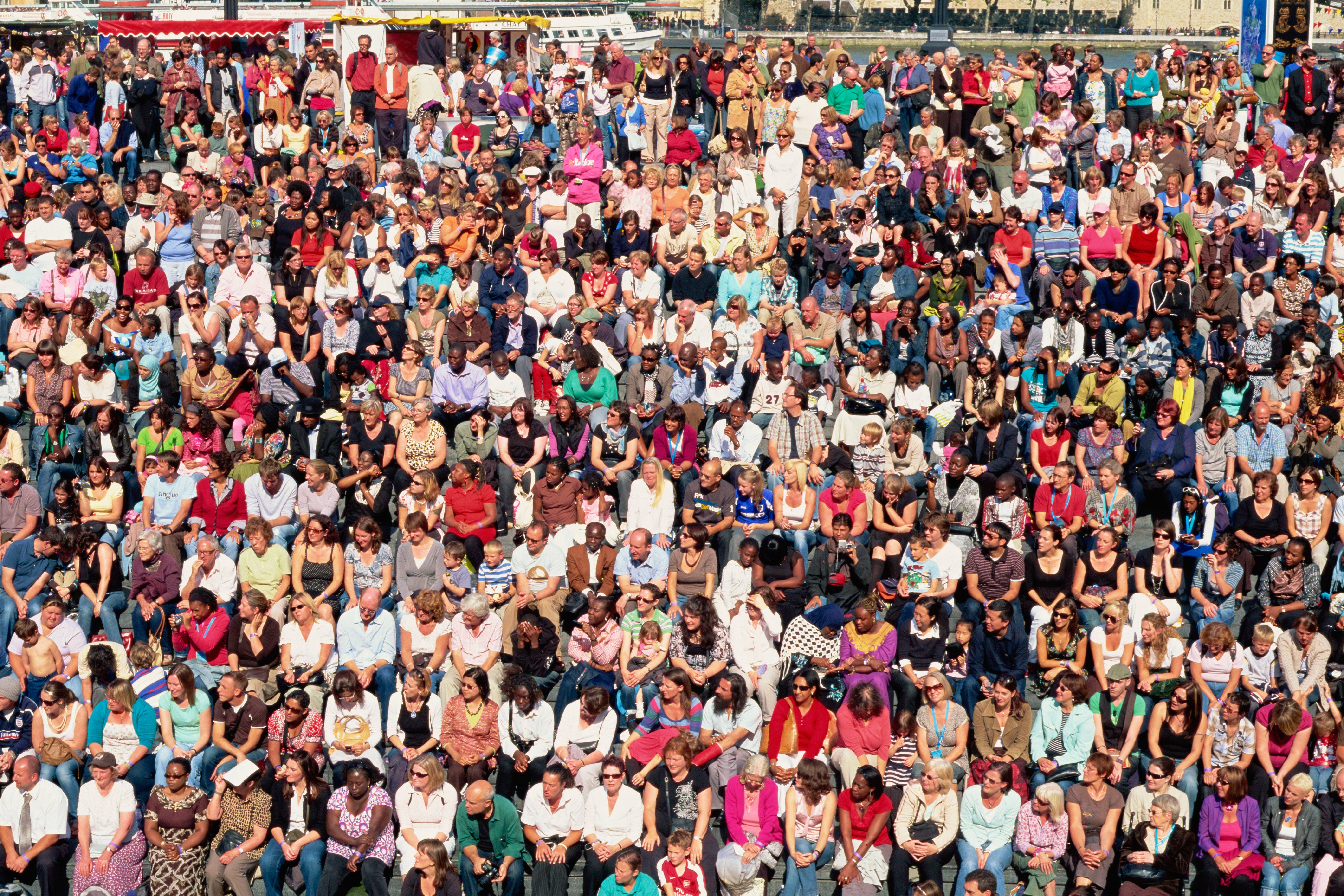
Photo credit via the Guardian
Nota bene
‘Imagine what the world would have missed had they not managed to forge a better life outside their country of origin.’
Famous exiles who have lived in Britain:
‘Camille Pissarro, painter from France; Guiseppe Mazzini, political revolutionary, from Italy; Victor Hugo, writer from France; Lajos Kossuth, political revolutionary from Hungary Karl Marx, political revolutionary from Germany Vladimir Ilyich Lenin, political revolutionary from Russia Peter Kropotkin, political revolutionary from Russia Sun Yat Sen, nationalist leader from China Sigmund Freud, psychologist from Germany Frank Auerbach, Artist from Germany Ruth Prawer Jhabvala, film writer from Germany King Michael Hohenzollern, King of Romania Emperor Haile Selassie, Emperor of Ethiopia Arthur Koestler, author and journalist from Hungary Oliver Tambo, Former ANC President from South Africa Roberto Matta, artist from Chile Irina Ratushinskaya, poet from former USSR Wole Soyinka, writer and Nobel Prize winner from Nigeria Geoffrey Oreyema, singer and writer from Uganda.’
Refugees who have made their names in Britain
Michael Marks, founded marks and Spencer Sir Montague Burton, Burton retail Dame Elizabeth Hill, pioneer of Slavonic studies Andre Deutsch, publisher Lewis Namier, historian Sir Ernst Chain, biochemist Sir Claus Moser, academic and statistician Joseph Rotblat, physicist Walter Neurath, publisher Karen Gershon, poet Robert Berki, political theorist Lord Weidenfeld, publisher Siegmund Nissel/Peter Schidlof, co-founders of Amadeus string quartet Rabbi Hugo Gryn, leading Anglo-Jewish rabbi Sir Alexander Korda, film director Sir Karl Popper, philosopher Sir Goerg Solti, conductor, Yasmin Alibhai Brown, journalist and editor Alan Yentob, ex-BBC programmes director Sousa Jamba, writer.
Three generations of talent Victor Ehrenberg, an eminent historian of the ancient world and refugee from Czechoslovakia Lewis Elton (his son), educationalist, the only professor of higher education in Britain before he retired, and Ben Elton (his grandson), comedian and novelist…’-We Refugees: I am told I have no country now
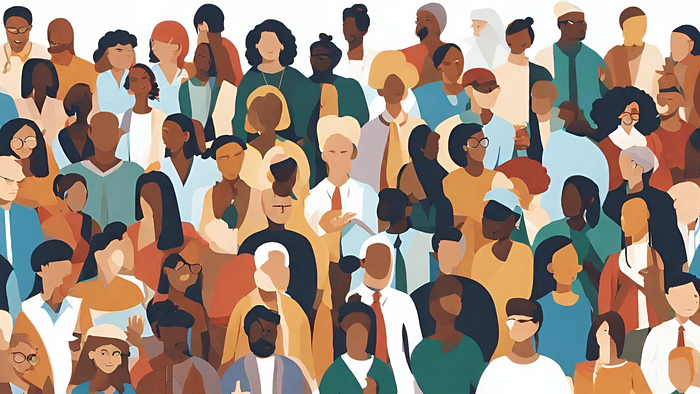
Photo credit/via Medium
Migrants to Britain c1250 to present
‘Migration has played an important part in Britain's history from c1250 to the present day. It has influenced Britain’s economy, politics, culture and relationship with the wider world. People migrated to Britain for many reasons. Many were refugees fleeing persecution and seeking asylum and safety. Some were forced to come here against their will, kidnapped or enslaved. Most, however, were economic migrants looking for work and a better life.’- BBC Bitesize, c1250 to the present overview
However, in more recent times, say, since the end of the second world war, immigration and immigrants have truly reshaped and transformed the UK. A better understanding of this phenomenon is indeed the gist of this Blog.
1945 to Present : Immigration Defining Moments
A look at some facts and figures
‘In 1951 less than 4% of the population of England and Wales were foreign-born. This proportion had doubled to 8% by 2001 and nearly doubled again to 15% in 2016.’
‘At the time of the 2021/22 Census, 16% of people in the UK had been born abroad – a total of around 10.7 million migrants. Although the foreign-born population has increased further between 2021 and 2024, no reliable data are available for later years.’
Moreover, it is important to note that by 2023, 37.3% of live births in England and Wales were to parents where either one or both were born outside the UK, increasing from 35.8% in 2022.
See more: The Migration Observatory
London: Home of the world
London Today: ‘A multicultural tapestry, a mosaic of ethnic communities, each contributing to the city’s vibrant social and cultural landscape.’

Photo credit: LONDONOPIA
‘London has long been the principal place where migrants to the UK choose to settle.During the second half of the 19th century, though they comprised less than 4% of London's population, three-fifths of the foreign born community in the UK resided in the capital. Today, London accounts for almost 40% of the UK's foreign-born population…’
‘Today, a third of London's population is foreign-born, and in inner London, the proportion is close to 40%. It can plausibly claim to be one of the most ethnically diverse cities on earth. Over 300 languages are spoken by its schoolchildren, many of them by the grandchildren and great-grandchildren of the post-WWII Commonwealth migrants. It boasts the largest Hindu temple in Europe and the largest mosque in Western Europe…’-Home of the world
Many moments have contributed to this transformation in net migration to the UK. Here are five key turning points.
1948: The Windrush Generation
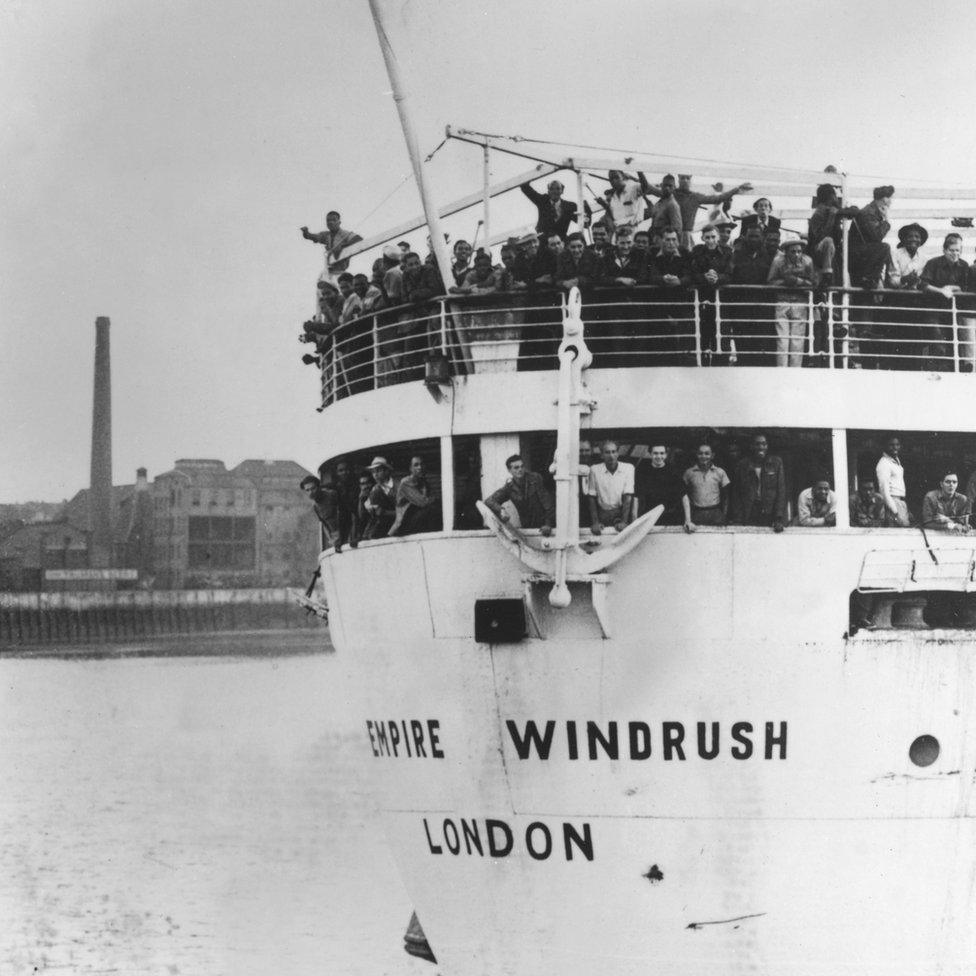
The Empire Windrush arriving at Tilbury Docks. Photo credit: Getty Images/Via The BBC
‘In the aftermath of the war, the UK saw huge investment in public infrastructure. Bombed cities were rebuilt, transport systems expanded and new institutions, such as the NHS, had to be staffed…
Some of the first to arrive in 1948 were a group of 500 or so Caribbean migrants, who arrived on the former troopship the Empire Windrush. Consequently, they and the 300,000 West Indians who followed them over the next 20 years, were known as the Windrush generation.
Alongside those from the Caribbean came some 300,000 people from India, 140,000 from Pakistan, and more than 170,000 from various parts of Africa.’-The BBC
1956: The Hungarian Revolution
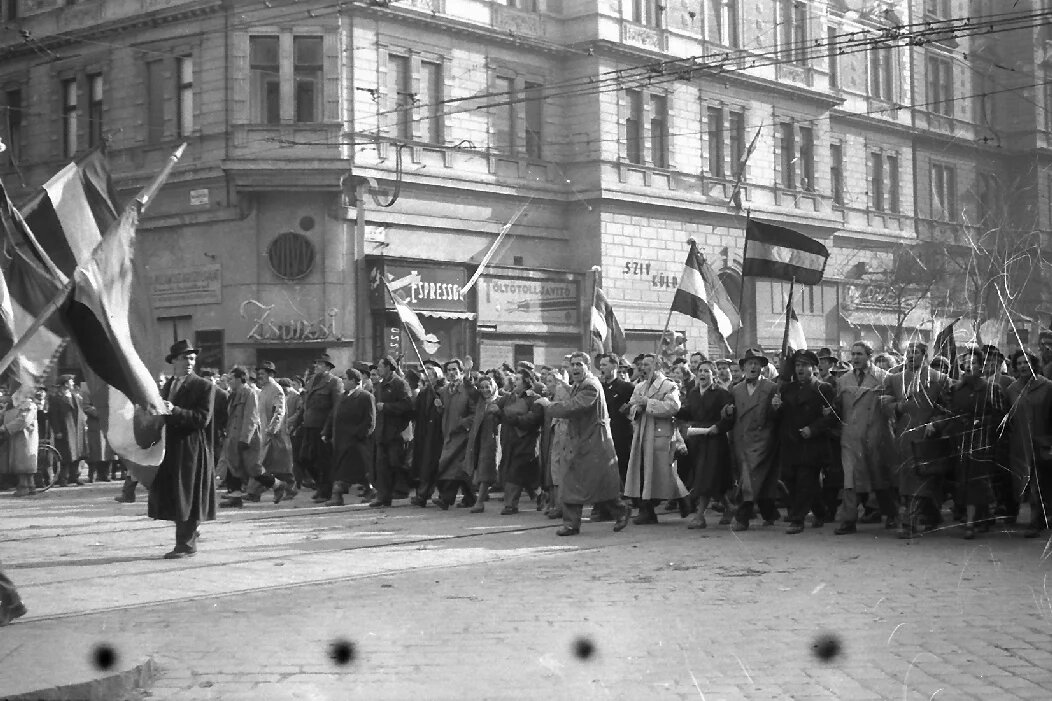
Photo credit: The Heinrich Böll Foundation
‘The end of World War Two also brought huge political changes in eastern and central Europe.
After liberating the region, the Soviet Union installed Communist regimes here that were deeply unpopular with many people. It also annexed the Baltic States and parts of Poland.
In reaction, hundreds of thousands of refugees fled to the West. The first to arrive in the UK were about 120,000 Poles, who arrived in 1945; the substantial Polish communities in Manchester, Bradford and west London date from this time. About 100,000 people from Ukraine and the Baltic States also came to the UK for similar reasons.’-The BBC
1971: Immigration Act
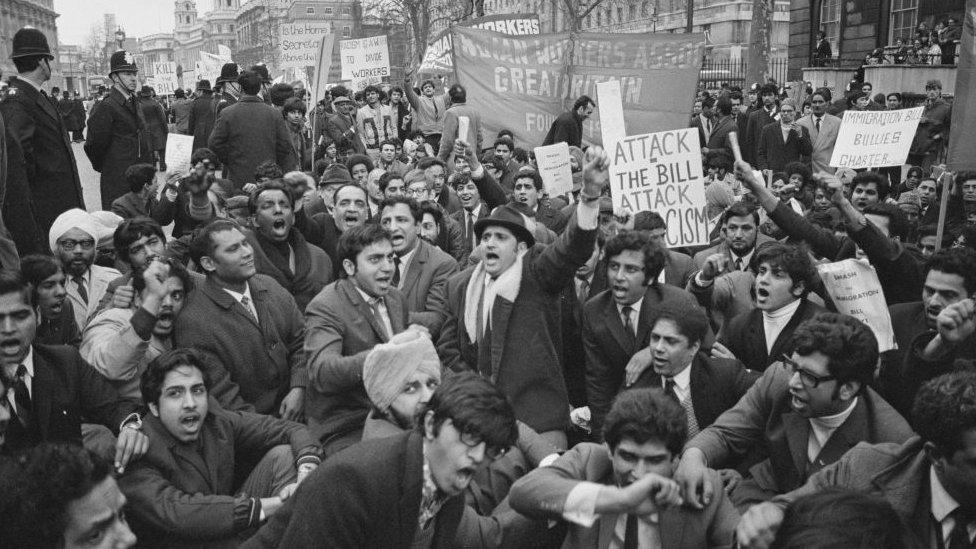
Photo credit: Five times immigration changed the UK
‘The post-war boom in immigration from Commonwealth countries was not welcomed by everyone.
In the late 1950s, racial tensions erupted in a series of riots, most famously in 1958 in Notting Hill and Nottingham.
And in 1968, the Conservative politician Enoch Powell spoke out against continued immigration, in his divisive "Rivers of Blood" speech.
Under considerable pressure, the British government eventually cracked down on all forms of racial discrimination.
But it also introduced a series of laws limiting immigration.
The most important of these was the Immigration Act of 1971, which decreed Commonwealth immigrants did not have any more rights than those from other parts of the world. This effectively marked the end of the Windrush generation.’-The BBC
1972: The Ugandan Asian Crisis

Ugandan Asians arrive at Stansted airport in September 1972. Photo credit: The Guardian
‘The first major test of the new immigration rules came the following year when war-torn Uganda, a former British colony, announced the immediate expulsion of its entire Asian community.
Prime Minister Edward Heath declared the country had a moral and legal responsibility to take in those who had UK passports. Of the 60,000 people expelled, a little under half came to the UK.
This highlighted a change of emphasis in immigration policy. The UK was now wary of people coming in search of jobs, but it would continue to welcome those coming in search of asylum.’- The BBC
1992: The EU expansion

Photo credit: SkyNews
‘In 1992, the UK joined other EU nations in signing the Maastricht Treaty on European integration. This granted all EU citizens equal rights, with freedom to live in any member state they chose.
In the following decade, tens of thousands of EU citizens came to live and work in Britain.
Few people protested, possibly because these newcomers were balanced out by the tens of thousands of British people who moved away to other parts of the EU.
Nevertheless a new principle had been set. Just as the country had once held an open door to the Commonwealth, so it now held an open door to the European Union.’-The BBC
…And then came the BREXIT and a new chapter began…The Dehumanisation and humiliation of migrants and refugees for personal and political agendas and politics
…I am told I have no country now
I am told I am a lie
‘I am told that modern history books
May forget my name.
We can all be refugees
Sometimes it only takes a day,
Sometimes it only takes a handshake
Or a paper that is signed.
We all came from refugees
Nobody simply just appeared,
Nobody's here without a struggle,
And why should we live in fear
Of the weather or the troubles?
We all came here from somewhere.’-Benjamin Zephaniah
We Refugees: I am told I have no country now
The Heritage and Contributions of Refugees to the UK – a Credit to the Nation
"Injustice flourishes in soil where empathy has been uprooted.”

Photo credit: Steps of Justice
‘New research shows how people arriving on small boats are being imprisoned for their ‘illegal arrival’. Among those prosecuted are people seeking asylum, victims of trafficking and torture, and children with ongoing age disputes.’
Report Launch: “No Such Thing as Justice Here”
Stereotyping a factor in loss of life in deadliest Channel crossing, inquiry told

Nigel Farage: one of the leading proponents to leave the EU, standing in front of his immigrant poster which many people believe depicts "echoes" of the 1930s literature.Photo credit: The BBC
The EU’s goals and ambitions are the same as Hitler’s': Boris Johnson. Photo: ABC News
‘Independence’ and the Lies of Brexit
So, They Got Their Brexit Done!
I failed to stop Brexit, but I could do my bit to make my country a better place
A Must-read Book

‘Provocative, entertaining and meticulously researched, The Alienation Effect opens our eyes to the influence of the émigrés all around us – many of our most quintessentially British icons are the product of this culture clash – and entreats us to remember and renew our proud national tradition of asylum.’
The Alienation Effect by Owen Hatherley reviewed by Rowan Moore – how immigrants reshaped postwar Britain
In The Alienation Effect, as Moore has noted,’ where Britain’s cultural furniture was rearranged and redesigned by women and men, often under-credited and under-recognised, who had fled here in the 1930s and 40s. Some, like migrants today, landed on the coast of Kent in flimsy craft. Between them they shaped film, art, architecture, planning, publishing, broadcasting, children’s literature and photography. We owe to this diaspora (in whole or in part) the Royal Festival Hall, Penguin Books and The Tiger Who Came to Tea. Hatherley also highlights less famous and metropolitan glories such as the murals in Newport civic centre – the “Sistine Chapel of municipal socialism” – created by the Frankfurt-born Hans Feibusch and his artistic partner Phyllis Bray.
Most (not all) were from the political left and the artistic avant garde, and Hatherley’s aim is both to explore their trajectories and to honour and mourn the postwar attempts at building a more fair and enlightened society in which they played a significant part. There is also a simple point, relevant to the present, about the contribution that feared and despised migrants can make to their host country.
New arrivals – fleeing persecution because they were Jewish, or on account of their politics, or both – reacted in various ways. Many, while grateful for their refuge, were dismayed by the bad weather, overcooked food, cultural conservatism and lifeless streets of 1930s Britain, the “identical little houses built quickly out of dirt”, as one put it. Nor was their welcome warm. Graham Greene attacked, in the Spectator, the numbers of migrants in the film industry. The Daily Mail railed against the “outrage” of how “stateless Jews from Germany are pouring in from every port of this country”. A brigadier from Eastbourne suggested they be forced to wear identifying armbands. Calls to lock up “dangerous aliens” led to their internment in sometimes atrocious conditions…
Possibly you already had some knowledge of the works of these migrants, but The Alienation Effect reveals their sheer breadth and depth. Hatherley, whose background is in writing about architecture, moves with confidence through the fields of film, typography and art. The book is thick with information, sometimes resembling the gazetteers or guides he has previously written. It’s an occasionally chewy read, but it’s more often acute, informative, passionate and witty, a sometimes moving tribute to achievement in the face of diversity, and an essential antidote to crude theories of national identity.’- Read the entire review HERE
See also: ‘I know first-hand that immigrants can feel alienated in their own home’
Related articles and analysis:
‘The economic and societal impacts of immigration in the UK are significant.
According to the Office for National Statistics, migrants contribute approximately £83 billion to the UK’s economic output annually.
Research also shows that migrant workers play a crucial role in sectors like healthcare, STEM industries, and finance. For instance, as of 2020, 13.8% of the UK’s healthcare workforce were non-British nationals.
Foreign-born nationals are also disproportionately likely to start businesses in the UK. A report by the Migration Policy Institute noted that migrants in the UK are about 7% more likely to start businesses than UK-born individuals.
Finally, cultural festivals, culinary diversity, and artistic contributions by migrants have substantially enriched British cultural life, promoting greater understanding and cohesion among different communities…’- Immigration & Societal Contributions
‘In this special virtual event on the 75th anniversary of the NHS, we examined and celebrated the impact of migration on the NHS, medicine, and the advancement of scientific research in the UK.’-How Migration Helped British Science to Thrive
‘Today is the United Nations' International Migrants Day, a day to shine a spotlight on the invaluable contributions of millions of migrants around the world. In a debate so often defined by negativity and misrepresented by those on the right of British and European politics, we want to highlight six ways immigration benefits the UK.’-Six reasons why the UK needs immigration
